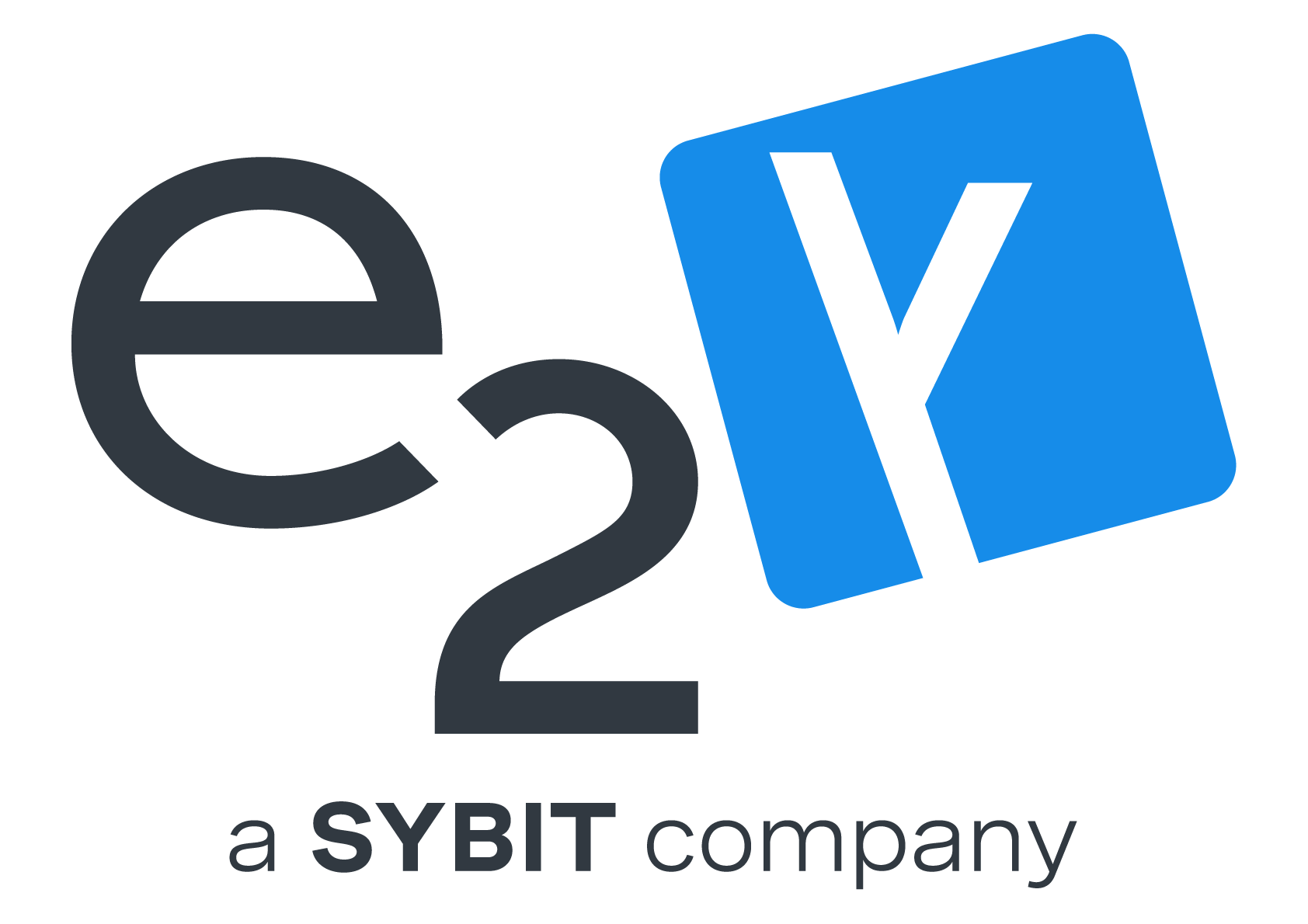Why are payment connectors beneficial for your business?
Payment connectors allow businesses to prioritise customer experience by removing the need to navigate complex payment system setups that comply with the legal regulations for each country. These connectors are secure, reliable and easy to configure, facilitating businesses to offer their customers a range of payment methods tailored to different countries and currencies. In addition, there are several key benefits to integrating payment connectors into your ecommerce platform. These include:
- Expandability: With payment connectors, adding support for new payment methods becomes more straightforward, permitting businesses to easily expand their payment options. Instead of having to rewrite a large portion of your codebase, to accommodate additional gateways, payment connectors allow you to integrate new ones. This approach ensures that your ecommerce platform can smoothly adapt to your customer’s ever-changing preferences, optimising growth and expansion.
- Simplified maintenance: With payment connectors, when a payment provider updates their API or alters their endpoints, you only need to update the connector code instead of modifying your entire ecommerce application. This simplifies the process, making it more efficient and guaranteeing that your payment processes can continue to run smoothly and uninterrupted.
- Cost and time-effective: By using payment connectors, businesses can reduce the development time required for integration, resulting in lower development costs and faster time-to-market. This means that your ecommerce platform can swiftly integrate new payment methods, guaranteeing that your customer’s preferred methods are readily available.
How do payment connectors work?
When implementing payment gateways like Stripe or PayPal, payment connectors streamline the process by offering a single, consistent way for the systems to communicate. Payment connectors enhance the functionality of APIs by introducing an additional layer of abstraction, designed to simplify how businesses interact with payment systems. This is achieved through a streamlined installation and configuration process. Instead of implementing an ad-hoc module to connect to an external API, you can just install the connector into your ecommerce platform. Once installed, rather than manual integration, you can configure the connector to function OOTB (Out-of-the-Box)
Without payment connectors, interacting with payment gateways would involve multiple requests to the API to check availability, process payments, and confirm transactions. Connectors avoid this complexity, acting as a prebuilt connection device to enable smooth installation and easy communication with the APIs.
How does e2y create and use payment connectors?
At e2y, our primary focus is on enhancing payment methods, which we execute by designing and implementing payment connectors for our clients. Not only does this remove the challenge of developing an entire service for each payment, but also eliminates the need for our clients to install the APIs themselves. This optimises their ecommerce platform, increasing their customer satisfaction and improving user experience.
To develop the payment connectors, we begin by writing code, followed by the creation of a new module responsible for the management of the connectors. As SAP partners, our workflow revolves around an SAP Commerce Site, which comprises a storefront (traditional or Spartacus). This is supported by a multi-layered backend structure. The backend is organised using different purpose-focused extensions or modules, for example, services, facades and promotions. We then create a few extensions/ models that align with SAP Commerce’s architecture, forming a grouped unit we refer to as connectors.
How do we maintain payment connectors after deployment?
After deployment, the maintenance of payment connectors rests with us at e2y, rather than the clients. The maintenance process varies depending on the nature of the issue, for example, if a bug surfaces. To maintain the connectors, we release new versions each month, concentrating on new fixes, introducing new features and adding new payment methods. For instance, if a bug arises within the connector (such as an error in a Visa card transaction), we review the issue and resolve it. Normally, this involves creating a new version of the connector, which the client must download. Once fixed, the updated version of the connector is moved to the client’s repository where we notify them of the update, and explain why, thereby fostering communication. The duration of these maintenance processes can vary. Immediate fixes are sometimes possible, while in other cases, they might be scheduled to align with other updates or features, potentially spanning a few weeks or even a month.
How do we test payment connectors?
During the testing phase, our primary focus is on transactions, such as order processing, ensuring the accuracy and effectiveness of the process. We rigorously test our payment connectors through an effective process that includes different types of testing. Aside from QA testers, our developers conduct their own unique tests to ensure each API is properly developed. The core of our testing strategy revolves around end-to-end testing, where we simulate user actions to check that the whole operation functions well. This includes confirming that all relevant data has been registered and that all payments have been successfully processed.
Conclusion
Payment connectors have revolutionised ecommerce by streamlining customer experiences, simplifying maintenance, and enabling swift payment method expansion. To eliminate complexity, lower costs, and ensure seamless interactions between ecommerce platforms and payment gateways, contact our expert sales team and get ready to take your business to the next level.

